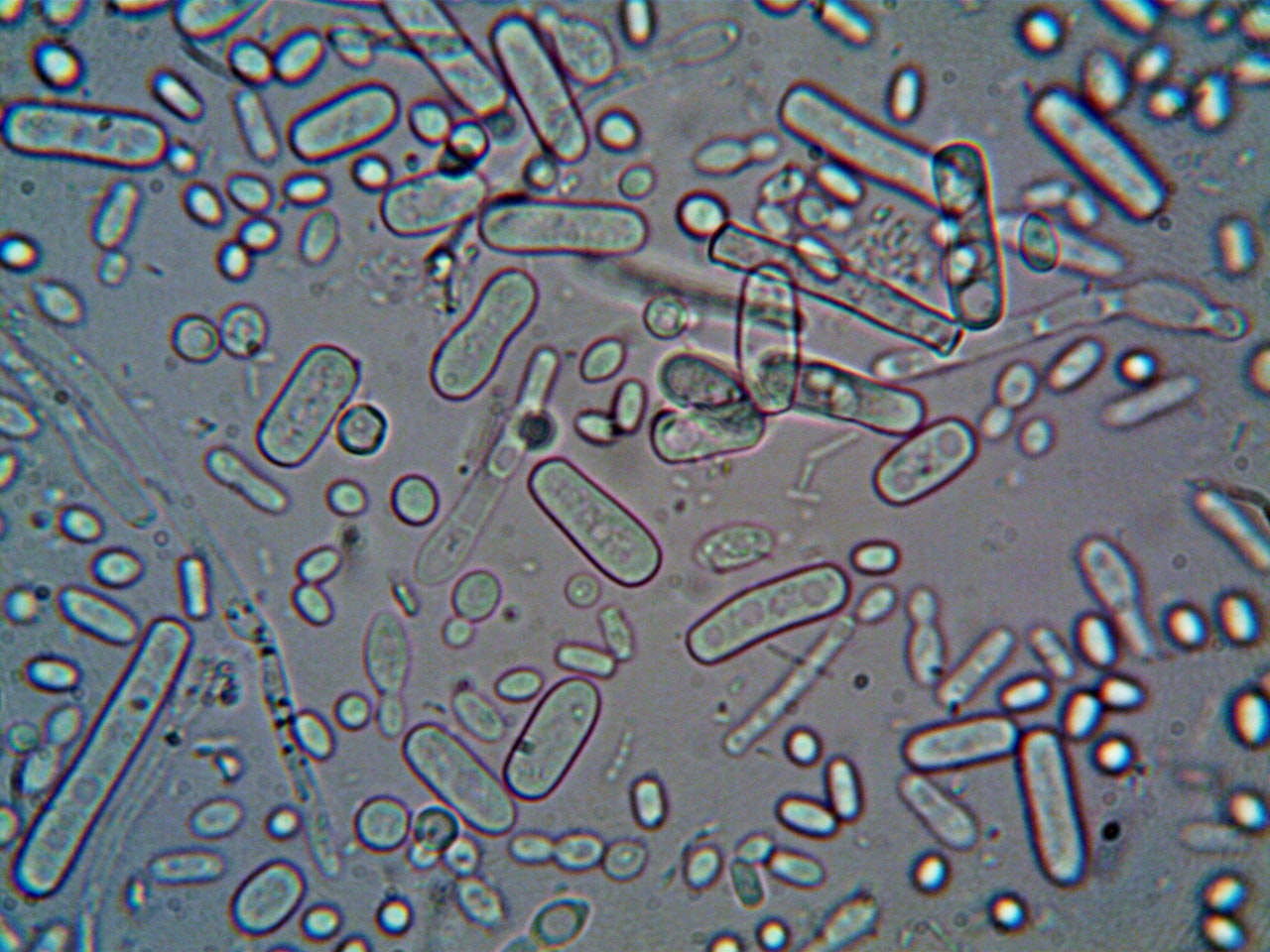Legionella In Water
Legionnaires Disease In Drinking Water
Legionnaires disease, also known as Legionella pneumonia, is a severe form of pneumonia caused by the Legionella bacteria. The bacteria can be found naturally in freshwater environments, such as lakes and rivers, but it can also thrive in man-made water systems, such as cooling towers, drinking wells, hot tubs, and water tanks.
Legionnaires disease is typically contracted by inhaling mist or small droplets of water contaminated with the bacteria. While it is not spread from person to person, it can cause serious health problems, especially in the elderly, those with weakened immune systems or pre-existing medical conditions.


One of the most common ways for Legionella bacteria to enter a building's water system is through the public water supply. As water travels through pipes, it can pick up bacteria from various sources, including soil, rust, and organic matter. If the water is not treated properly, the bacteria can thrive and multiply, creating a potential health hazard.
The Symptoms of Legionnaires Disease
The symptoms of Legionnaires disease can vary from person to person, but they typically include:
- Fever
- Chills
- Cough
- Shortness of breath
- Muscle aches
- Headaches
- Fatigue
Why is it Called Legionnaires Disease?
Legionnaires disease was first identified in 1976 after an outbreak at a convention of the American Legion in Philadelphia. Over 200 people fell ill, and 34 died from the disease. The cause of the outbreak was traced to the hotel's cooling tower, which had become contaminated with Legionella bacteria. Since that outbreak, the term "Legionnaires disease" has been used to describe any illness caused by the Legionella bacteria. Another related illness caused by the bacteria is Pontiac fever, which is a milder form of the disease.
Preventing Legionnaires Disease
Preventing Legionnaires disease requires proper maintenance and treatment of water systems. This includes regular testing for Legionella bacteria, as well as cleaning and disinfecting water systems to remove any potential sources of contamination.
Homeowners can protect themselves from Legionella bacteria by using water filters designed to remove microbiological contaminants from their tap water. These filters can be installed at the point of entry to the home's water system or at individual faucets or water pitchers designed for microbiological removals. Filters that use activated carbon block or nanofiber filter media can effectively remove Legionella bacteria from the water supply. It's important to note that while these filters can help reduce the risk of Legionnaires disease, they should be used in conjunction with other preventative measures, such as maintaining water system hygiene and ensuring proper ventilation. Homeowners should also regularly test their water supply for Legionella bacteria to ensure that their filtration systems are working effectively.


Building owners and managers should also take steps to reduce the risk of Legionnaires disease by ensuring proper ventilation, installing filters on cooling towers, and monitoring hot water temperatures to prevent the growth of bacteria.
Legionnaires disease is a serious health concern that can be prevented through proper maintenance and treatment of water systems. Building owners, managers, and individuals all have a role to play in reducing the risk of this potentially deadly disease.
legionella in well water
Legionnaires disease can also be contracted from well water that is contaminated with Legionella bacteria. Well water can become contaminated through a variety of sources, including surface runoff, animal waste, and septic systems. It's important for well owners to regularly test their water supply for Legionella bacteria and take appropriate measures to treat and disinfect their water system if necessary. This may include installing filters or UV disinfection systems, as well as ensuring proper well construction and maintenance practices. Individuals who rely on well water should also be aware of the potential risks and take precautions to avoid exposure to contaminated water sources, such as avoiding the use of aerosol-generating devices (e.g. humidifiers, spray bottles) and seeking medical attention if they experience any symptoms of the disease.
The Epic Nano water pitcher by Epic Water Filters is a unique product in the market as it's designed to remove not only common water impurities such as chlorine and heavy metals but also bacteria, viruses, and cysts from water. This makes it an ideal solution for individuals who are concerned about microbiological contaminants in their municipal or well water supply.
The Epic Nano water pitcher uses a combination of nanofiber and activated carbon filtration technology to effectively remove a wide range of contaminants from water, including Legionella bacteria that cause Legionnaires disease. This filtration system ensures that the water is safe and healthy to drink, providing peace of mind for individuals who may be at risk of exposure to harmful waterborne pathogens. With its compact size and easy-to-use design, the Epic Nano water pitcher is a convenient and cost-effective way to ensure access to clean and safe drinking water at home.



Share:
Tap Water vs Brita
Neti Pot Water